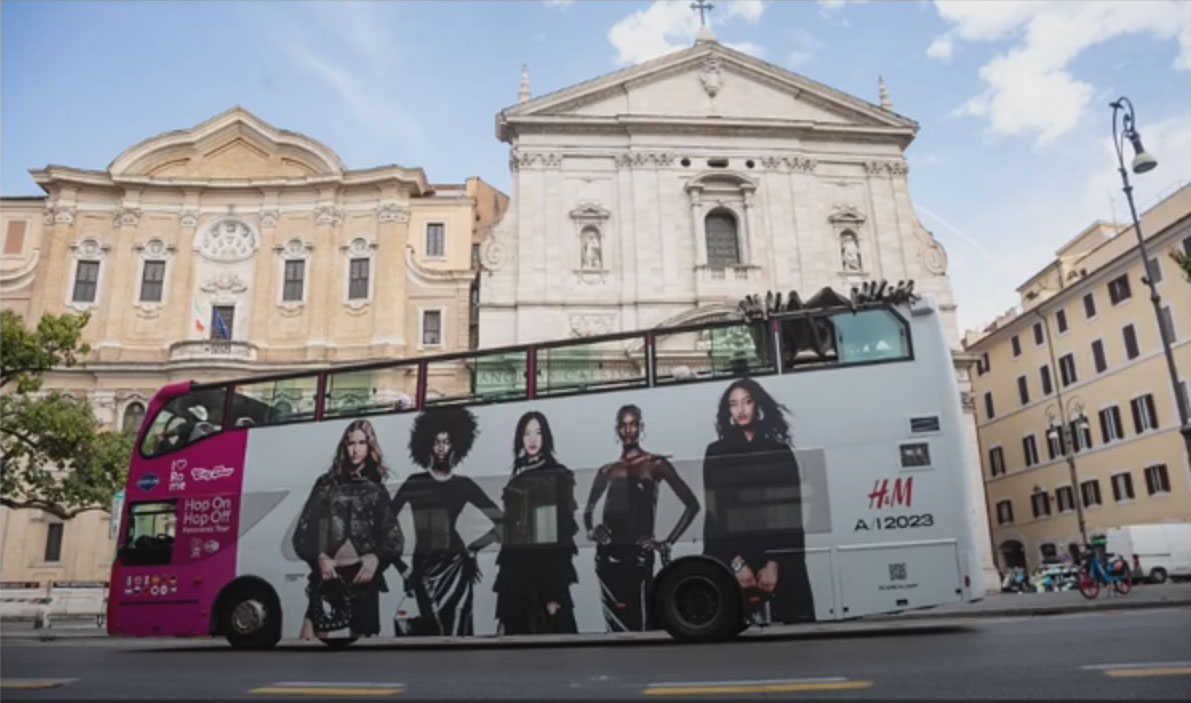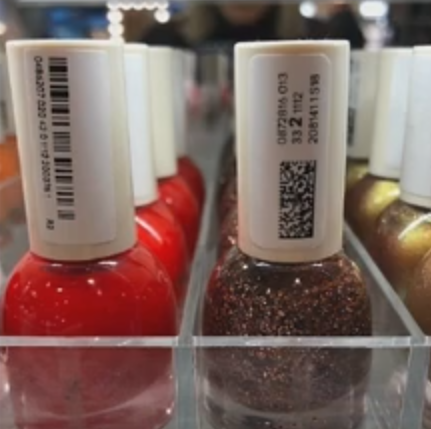Consumers want more information about their products, there are legal requirements and increased interest in product safety. Using 2D codes can create more efficient value chains instead of just having a barcode on a product. Added value can also be created for employees who can easily access more information about a product. QR codes are a form of 2D codes that carry data, something that is not possible to the extent of a barcode. The possibilities with 2D codes are several such as:
- Inventory management.
- Traceability.
- Security.
- Sustainability.
- More engaged consumers.
- Better packaging.

Unique information about a product
We see that the need for new business models is increasing. For example, if you would like to have a service agreement for a more expensive jacket where you could imagine that it includes three free repairs during the garment's lifetime. Then you can use a QR code to keep track of the exact garment. In order to enable circular behaviour, the QR code would have to live with the product and not, for example, just on the price tag that is removed after the purchase. How this is to be solved in practical terms is a work in progress.
In addition to various business benefits, legislation can also be a driving force in the work. EU has created the Green Deal, which is a major initiative to create more sustainable products. Several of them require QR codes to be able to live up to the new laws and regulations.
Carefully structured data
Lena Coulibaly from GS1 Sweden introduced GS1, which is a global organization with over two million user companies. They are a non-profit organization with industry-neutral standards to ensure a common digital business language worldwide. GS1 standards can be used by any company.
With a GTIN – Global Trade Item Number – you can uniquely identify a product. The marking can be, for example, a QR code or RFID.
A GS1 Digital Link URI is a special type of URL link that both identifies the product and a gateway to the digital information you choose to display about the product. It becomes carefully structured data, the product can be scanned at the checkout and links to more digital information about the product such as product information, marketing and ingredients.
H&M's journey from barcodes to QR codes
Ingela Lennartsson, Omni Product Project Lead at H&M Group, told us about their journey from barcodes to QR codes. At H&M they had both the pre-requirements and the need for a change. Previously, they had introduced RFID and saw great potential in it for, among other things, real-time status of inventory balances and thus give customers a better experience when they can replenish missing sizes. They experienced quality problems with the old one-dimensional barcode. They also had a need for more information about a product when scanning.
With SGTIN which is GTIN and a serial number for individual level traceability, inventory balances can be displayed in real time for replenishment and purchasing decisions going forward. It is also possible to see the country of origin for imports and customs clearance. H&M has also added H&M-unique information such as sales season and which order number the product was purchased from. With 2D codes, you can both work very modernly and also add supporting information to be able to work with older legacy systems.

Challenges and lessons learned from H&M:
- Ensure competence and understanding. Appoint responsible persons in relevant areas who actively support during the rollout with support. It is incredibly important to have cross-functional knowledge – business and IT parts are equally important.
- Involve all stakeholders early in the stage and point out the benefits from their different perspectives and give them a bigger picture. Describe what is the big advantage for the whole company.
- Start small and well in advance, preferably at least 6-12 months.
- Test properly through the entire flow before rolling out on a large scale.
- Ensure print quality/barcode resolution and capacity of print suppliers. H&M spent a long time getting the 2D code on a round nail polish bottle before they were satisfied with the result.
- Have a plan B if things don't go as planned. Being able to enter a code manually or if something needs to be scaled back.
- Feel free to take the help of GS1 on this journey.
Using 2D codes has helped H&M a lot in their internal work, the next step is now to use QR codes for customer facing values. In the H&M app, you can already scan the code to get more information about the product, see stock balance or order online. The QR code is the bridge from a physical product to a digital experience that should improve the buying journey.
Please read the case study about Unident's app that we at 3bits developed for simple stock replenishment and inventory with QR codes for Unident's dental clinics.
